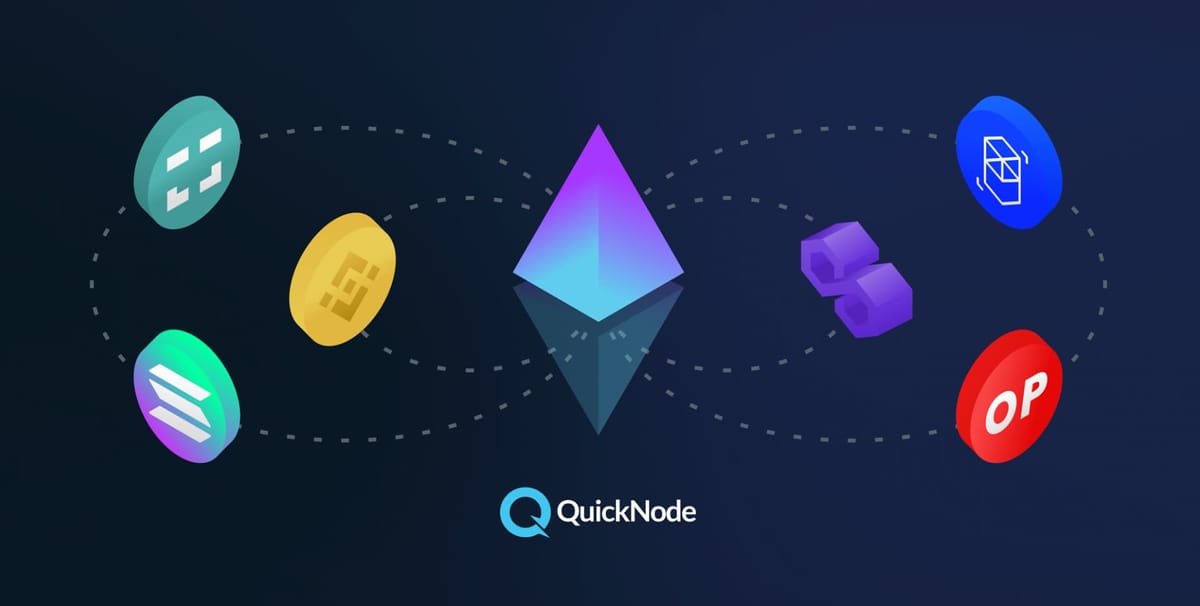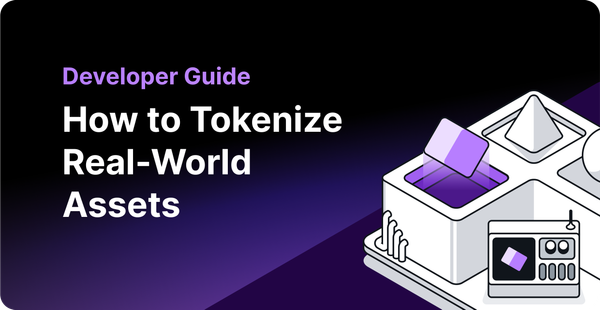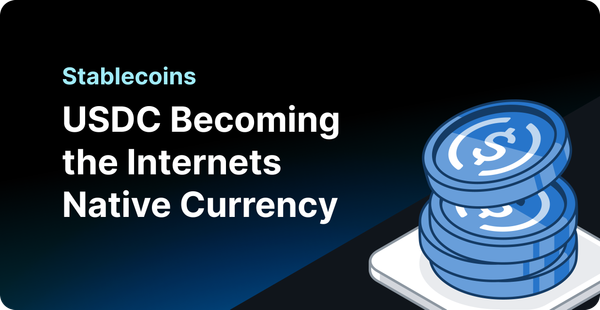Multi-Chain Drives Market Share: How Companies Can Embrace this Growing Trend

Scalability and transaction costs are key challenges
Scalability and transaction costs are some of the most cited impediments to the growth of Web3, a catch-all term for applications using blockchain technology ranging from decentralized finance to non-fungible tokens to wallets and other applications. In the last year, as crypto markets reached new heights, attracting new users, higher volumes pushed fees to record levels. Ethereum, the most commonly used programmable blockchain, today handles just 30 transactions per second and transaction costs average almost $4, which makes many common use cases (such as smart contracts, typically bundling multiple transactions) uneconomic.
Some newer chain types have emerged, with the promise of greater scaling capacity and lower transaction costs. But before making investments to build capabilities for multiple chains, businesses need to understand whether moving in this direction is worthwhile, and whether adding operational complexity on the backend drives fundamental business outcomes.
It is tempting to stick with the status quo. Developers can reasonably expect to see gradual improvements in performance and fees with Ethereum as a result of changes tied to the Ethereum 2.0 roadmap which is rolling out. Additionally there are valid arguments around the limits of evaluating newer chains based solely on transaction speed and gas prices, without considering factors like resiliency, governance, and scalability tied to decentralization. But more and more, developers can no longer afford to ignore a future (that arguably is here) involving multiple chains, given the significance of shifts happening across the ecosystem.
Multi-chain is already here
What has become clear in recent months is that adoption of Multi-chain is helping businesses win market share. Consider some recent trends:
Multi-chain adoption underway in DeFi. Within Decentralized Finance (DeFi), one of the dynamic areas of the blockchain space, this year for the first time Ethereum market share dropped below 80%. The DeFi markets experienced tremendous growth ending Q2 2021 with more than $100bn in total value locked (TVL, a common unit of measurement for the space) representing a staggering 25x year-over-year increase. But Ethereum’s share of that dropped from 95% TVL to 77% by the end of Q2 2021. This drop was driven by growth in Binance Smart Chain in Q1 of 2021 and in Q2 2021 by adoption increases across Matic / Polygon and Optimistic Ethereum.
- Pancake Swap proves new chains can drive mass adoption: Pancake Swap, the automated market maker that launched on Binance Smart Chain at the end of 2020, ended the 1H of 2021 with the most number of users compared to any other player in DeFI, proving to industry watchers that new chains can attract new users and broaden the market.
- Matic / Polygon hits $1bn in volume: Matic / Polygon experienced a major uptick in usage with TVL increasing from <$50m to over $1bn by the end of Q2 2021 driven by the adoption by major players like Aave, Sushiswap, and Curve. The adoption of Matic / Polygon by these players successfully proved the chain’s scalability characteristics, and proved popular with users driving an uptick in overall user acquisition.
- Optimistic Ethereum launches on Uniswap v3: Uniswap, the largest DeFi player by total value locked and long Ethereum-only in usage, launched an alpha running on Optimistic Ethereum.
Non-Fungible Tokens march to mass adoption: OpenSea, one of the largest marketplaces for NFTs by transaction volume with more than $240m in monthly volumes, announced a gas-free marketplace utilizing Polygon blockchain so buyers no longer would have to pay fees when making trades.
With a 10x increase in user growth in less than 6 months, the announcement drew parallels to the moment Amazon.com announced “free-shipping” twenty years ago, driving mass uptake in online shopping. OpenSea’s ability to offer gas-free transactions attracting those users is directly enabled by the greater economies that Matic / Polygon offer versus Ethereum, which was the prior foundational chain for OpenSea.
As evidenced by the broadening of user bases brought about by players like Pancake Swap in DeFi and OpenSea in the NFT space, the impact of Multi-chain in driving improved end user economics, volume and usage is clear and something that developers can no longer ignore.
Multi-chain increases complexity, but there are solutions to help
Building, deploying and scaling node infrastructure to operate on one chain is difficult enough. Doing that for multiple chains increases the workload and difficulty for developers exponentially. Setup for individual nodes requires a major upfront investment in terms of time and computing resources (setting up a node for a sample chain could require more than a terrabyte of disk space), along with hours of ongoing developer work needed for maintenance around forks, patches and other updates, which vary by chain.
Until recently these challenges were not insignificant hurdles for most developers in adopting multiple chain types, despite the tantalizing prospects of improving the customer experience and driving increases in market share relative to single-chain dependent competitors.
Blockchain-as-a-service providers are a relatively new category of service providers who can help businesses navigate this multi-chain world. In evaluating their choices, it helps for developers and businesses decision-makers to keep in mind the following criterion:
- Flexibility: does the node service provider have pricing that is transparent, pay-as-you-go, and usage based so that businesses have the greatest flexibility?
- One stop solution: instead of juggling between multiple service providers and APIs, does the blockchain service support multiple solutions from the get-go? And are those solutions the one with the greatest developer interest
- Peace-of-mind: just like it does for developers, adding chains increases complexity. Does the service provider have experience offering multiple chain types, and the global infrastructure in place to ensure uninterrupted service?
QuickNode, a leading blockchain-as-a-service provider, has Multi-chain as part of its DNA. Whether it’s Layer 2, EVM compatible, or offering blockchains like Solana, QuickNode has a long history of offering first to market chains, which businesses can access through a developer-friendly, usage-based service.
In the past month, QuickNode added support for three new chains on its platform: Solana, Fantom, and Optimistic Ethereum. These chains are a complement to QuickNode’s current offering, which includes Matic / Polygon, Binance Smart Chain, and xDai – all chains with varying degrees of compatibility with Ethereum and significant developer community interest.
The Multi-Chain future is already here, but with experienced providers like QuickNode providing blockchain-as-a-service in a one-stop solution, business and developers can take advantage of the opportunity and deliver better experiences for end users everywhere.
Amol Shah is a Vice President of Revenue at QuickNode, a leading cloud provider of blockchain infrastructure and developer tooling. A veteran of high growth tech organizations, he previously was an executive at Facebook and TikTok.
Need help with your project or have questions? Contact us via this form, on Twitter @QuickNode, or ping us on Discord!
About QuickNode
QuickNode.com is building infrastructure to support the future of Web3. Since 2017, we’ve worked with hundreds of developers and companies, helping scale dApps and providing high-performance access to 16+ blockchains. Subscribe to our newsletter for more content like this and stay in the loop with what’s happening in Web3! 😃





